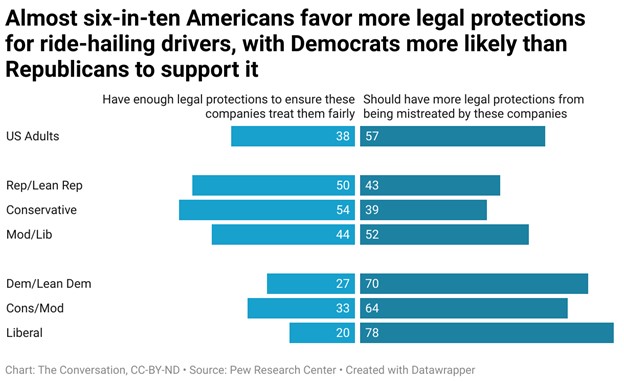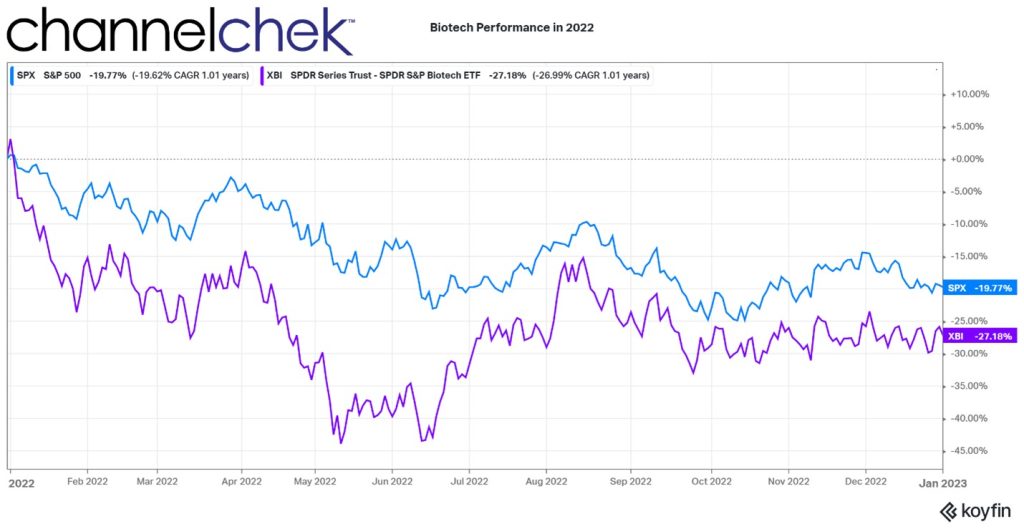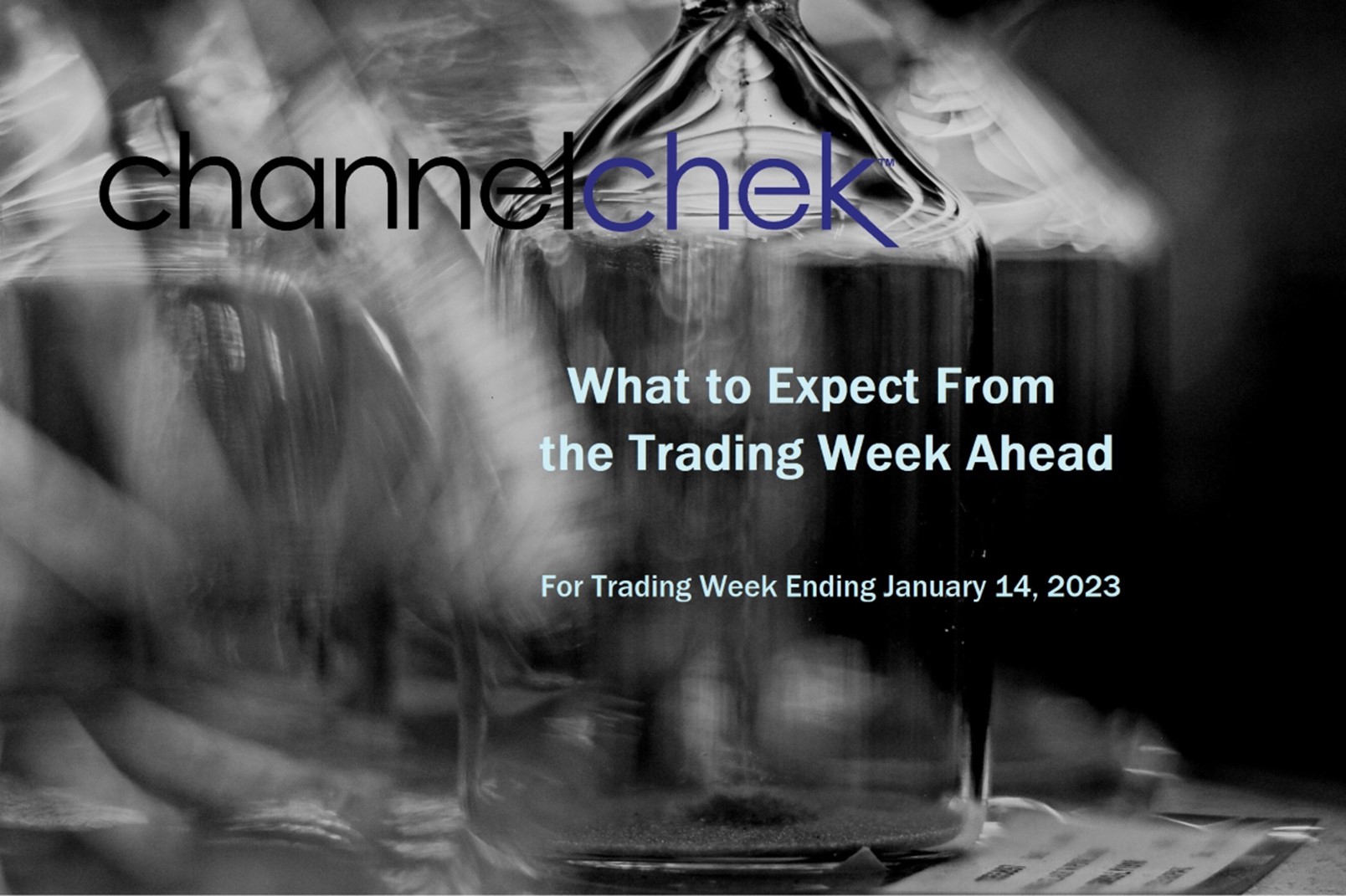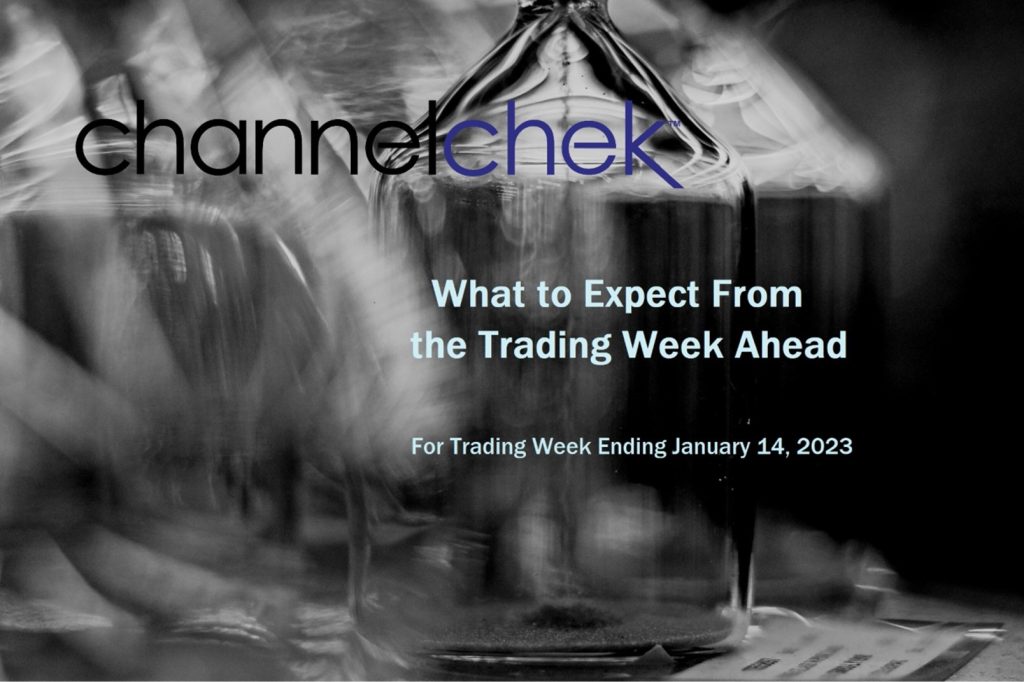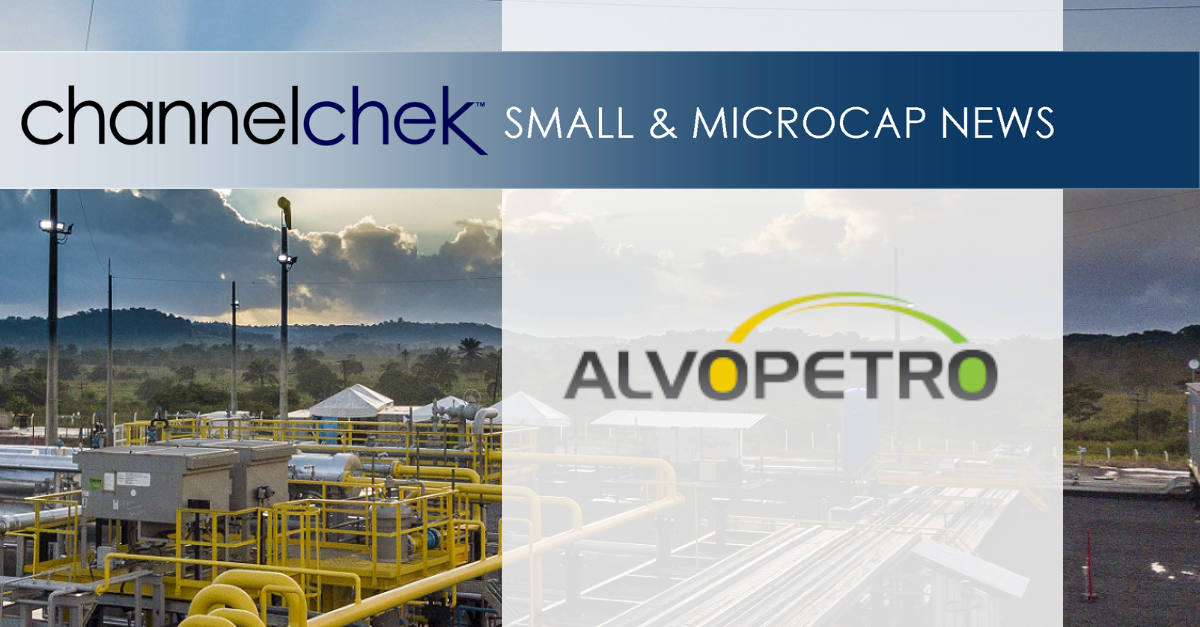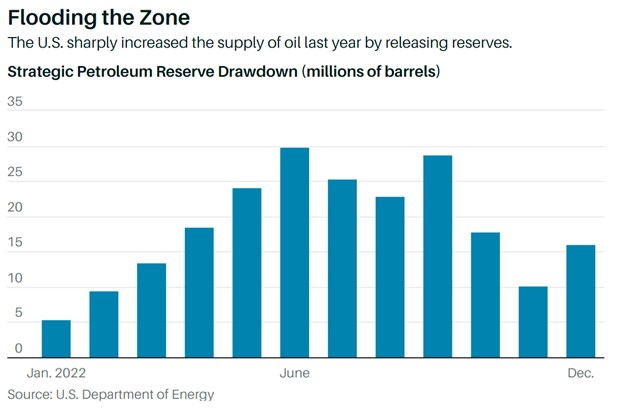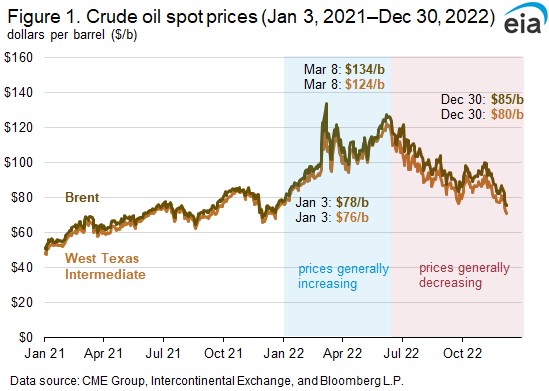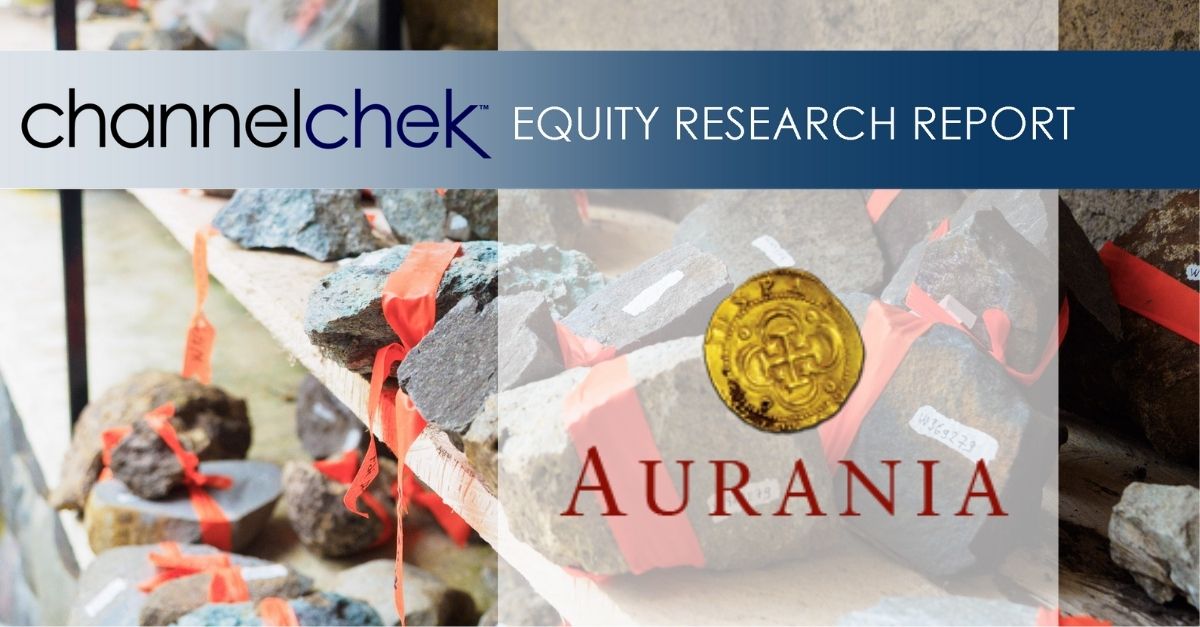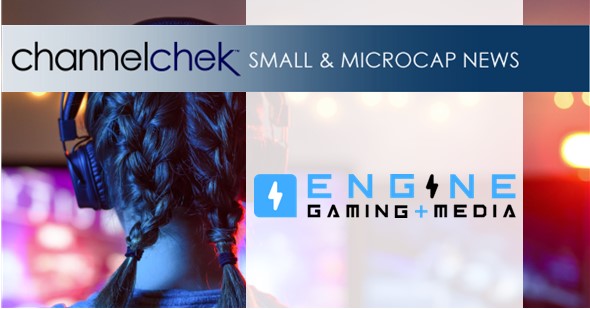
Research News and Market Data on OCGN
January 9, 2023
- Study met both co-primary endpoints with robust immune responses
- COVAXIN™ was found to be well-tolerated in vaccine-naïve individuals and in individuals previously vaccinated with mRNA vaccines in the United States (U.S.), with no vaccine-related serious adverse events, thrombotic events, or cases of myocarditis or pericarditis
- These data add to the body of evidence that COVAXIN™, an adjuvated whole SARS-CoV-2 virus inactivated vaccine, has been demonstrated to be well-tolerated and effective against COVID-19 disease
MALVERN, Pa., Jan. 09, 2023 (GLOBE NEWSWIRE) — Ocugen, Inc. (Ocugen) (NASDAQ: OCGN), a biopharmaceutical company focused on discovering, developing, and commercializing novel gene and cell therapies and vaccines, today announced positive results from the Phase 2/3, observer-blind, immuno-bridging and broadening study of its COVID-19 vaccine candidate, COVAXIN™ (BBV152; Clinicaltrials.gov, NCT05258669), a whole-virion inactivated COVID-19 investigational vaccine candidate that uses the same vero cell manufacturing platform that has been used in the production of polio vaccines for decades. COVAXIN™, an inactivated virus vaccine adjuvanted with TLR7/8 agonist, has been demonstrated in clinical trials to generate a broader immune response against the whole virus covering important antigens such as S-protein, RBD, and N-protein; whereas currently approved vaccines in the U.S. target only S-protein antigen. Additionally, in contrast to other inactivated vaccines, clinical trials have demonstrated that TLR7/8 agonist adjuvant in COVAXIN™ generates a Th1-biased immune response that induces robust long-term memory B- and T-cell responses.
“The successful completion of this study represents an important milestone to the ongoing management of COVID-19,” said Dr. Shankar Musunuri, Chairman, Chief Executive Officer, and Co-Founder of Ocugen. “Given that a portion of the public remains hesitant to receive mRNA vaccines, this investigational COVID-19 vaccine candidate, which relies on a well-established approach to vaccine development and manufacturing, may provide an important additional vaccine option.”
This study enrolled 419 U.S. adult participants that were randomized 1:1 to receive two doses of COVAXIN™ or placebo, 28 days apart. Blinded safety results and preliminary unblinded immunogenicity results are available through Day 56, one month following the second vaccination. Immunogenicity results from COVAXIN™-vaccinated participants in the U.S. were compared with results in COVAXIN™-vaccinated participants in the Bharat Biotech International Limited (Bharat Biotech)-sponsored Phase 3 study in India (Clinicaltrials.gov NCT04641481). Approximately 24% of tested participants in the U.S. were vaccine-naïve while all participants in the Bharat Biotech Phase 3 study were vaccine-naïve. Immune responses were adjusted for differences between the U.S. and Indian cohorts in baseline neutralizing antibody, body mass index, gender, and age. Both co-primary immunogenicity endpoints were met, with the 95% confidence interval (CI) for the propensity score-adjusted geometric mean titer ratio (U.S./India) well above the non-inferiority limit of 0.667 and the 95% CI for the propensity score-adjusted difference in seroconversion rates well above the non-inferiority limit of -10%.
Blinded safety data are also available for one month following vaccination. There were no deaths, related potential immune mediated medical conditions (PIMMCs), or related adverse events of special interest (AESIs). There were also no cases of myocarditis, pericarditis, thrombotic events, or Guillain-Barré syndrome. Thirty medically attended adverse events in 18 subjects and two serious adverse events (SAE) in one subject were reported, and all were considered unrelated to vaccination.
“These positive data represent an important step in the management of the ever-evolving COVID-19 pandemic,” said Dr. Eric Feigl-Ding, epidemiologist and health economist, Chief of COVID Task Force at the New England Complex Systems Institute, Co-Founder of the World Health Network, and the Chief Health Economist for Microclinic International. “The need for different vaccine approaches to COVID-19 has become critically apparent with the continued emergence of variants to the SARS-CoV-2 virus.”
The top-line data from the immuno-bridging and broadening study will be critical to support Ocugen’s future plans for the development of COVAXIN™ in the U.S.
About COVAXIN™ (BBV152)
COVAXIN™ is an investigational vaccine candidate product in North America. It was developed by Bharat Biotech in collaboration with the Indian Council of Medical Research (ICMR) – National Institute of Virology (NIV). COVAXIN™ is a highly purified and inactivated vaccine that is manufactured using a vero cell manufacturing platform.
COVAXIN™ is currently approved for adults in India and authorized under emergency use in 25 countries, with more than 350 million doses administered to adults outside the United States to date. COVAXIN™ is listed by the World Health Organization (WHO) as authorized for emergency use. Applications for emergency use authorization are pending in more than 60 other countries. Additionally, as many as 85 countries have agreed to mutual recognition of COVID-19 vaccination certificates with India that includes vaccination using COVAXIN™.
About the OCU-002 Study
OCU-002 is a randomized, observer-blind, placebo-controlled, immune-bridging, and broadening study conducted in 8 sites in the United States (Clinicaltrials.gov, NCT05258669). 419 U.S. participants were randomized to received two doses of vaccine 1:1 to COVAXIN™ or placebo, 28 days apart. Blinded safety results and unblinded immunogenicity results are available through Day 56, one month following the second vaccination.
About Ocugen, Inc.
Ocugen, Inc. is a biotechnology company focused on discovering, developing, and commercializing novel gene and cell therapies and vaccines that improve health and offer hope for patients across the globe. We are making an impact on patients’ lives through courageous innovation—forging new scientific paths that harness our unique intellectual and human capital. Our breakthrough modifier gene therapy platform has the potential to treat multiple retinal diseases with a single product, and we are advancing research in infectious diseases to support public health and orthopedic diseases to address unmet medical needs. Discover more at www.ocugen.com and follow us on Twitter and LinkedIn.
About Bharat Biotech
Bharat Biotech International Limited has established an excellent track record of innovation with more than 145 global patents, a wide product portfolio of more than 19 vaccines, four bio-therapeutics, registrations in more than 125 countries, and the World Health Organization (WHO) Prequalification. Located in Genome Valley in Hyderabad, India, a hub for the global biotech industry, BBIL has built a world-class vaccine & bio-therapeutics, research & product development, Bio-Safety Level 3 manufacturing, and vaccine supply and distribution. Having delivered more than 5 billion doses of vaccines worldwide, BBIL continues to lead innovation and has developed vaccines for influenza H1N1, Rotavirus, Japanese Encephalitis (JENVAC®), Rabies, Chikungunya, Zika, Cholera, and the world’s first tetanus toxoid conjugated vaccine for Typhoid. BBIL’s commitment to global social innovation programs and the public-private partnership resulted in introducing path-breaking WHO pre-qualified vaccines such as BIOPOLIO®, ROTAVAC®, ROTAVAC® 5D, and Typbar TCV® combatting polio, rotavirus, typhoid infections, respectively. Novel vaccines against malaria and tuberculosis are under development through global partnerships. The acquisition of Chiron Behring Vaccines has positioned BBIL as the world’s largest rabies vaccine manufacturer with Chirorab® and Indirab®. Bharat Biotech’s COVAXIN®, India’s indigenous COVID-19 vaccine was developed in collaboration with the Indian Council of Medical Research (ICMR) – National Institute of Virology (NIV).
Cautionary Note on Forward-Looking Statements
This press release contains forward-looking statements within the meaning of The Private Securities Litigation Reform Act of 1995, which are subject to risks and uncertainties. We may, in some cases, use terms such as “predicts,” “believes,” “potential,” “proposed,” “continue,” “estimates,” “anticipates,” “expects,” “plans,” “intends,” “may,” “could,” “might,” “will,” “should,” or other words that convey uncertainty of future events or outcomes to identify these forward-looking statements. Such statements are subject to numerous important factors, risks, and uncertainties that may cause actual events or results to differ materially from our current expectations. These and other risks and uncertainties are more fully described in our periodic filings with the Securities and Exchange Commission (SEC), including the risk factors described in the section entitled “Risk Factors” in the quarterly and annual reports that we file with the SEC. Any forward-looking statements that we make in this press release speak only as of the date of this press release. Except as required by law, we assume no obligation to update forward-looking statements contained in this press release whether as a result of new information, future events, or otherwise, after the date of this press release.
Ocugen Contact:
Tiffany Hamilton
Head of Communications
IR@ocugen.com


